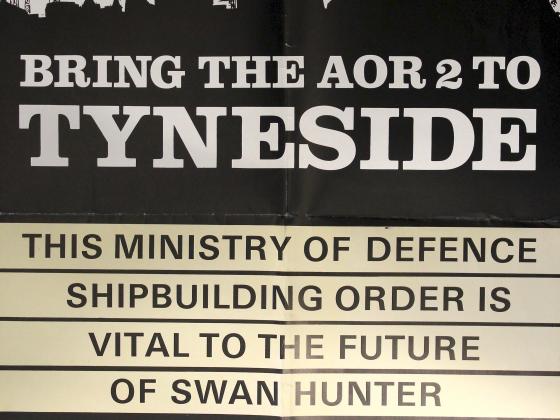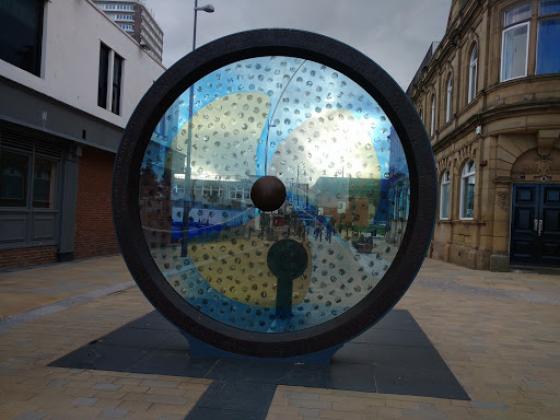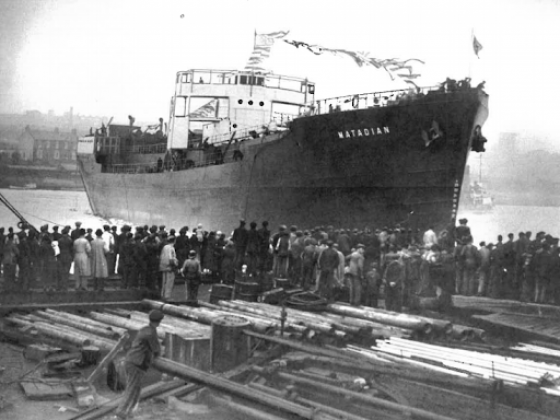.560x420_crop__autoautoautoauto.png)
Shipbuilding: War and Industry
Shipbuilding in the North East dates back to medieval times, but it expanded during the Napoleonic wars of 1793-1815.
From the mid-1800s, the rise of iron shipping was in response to the demand for coal to power the industrial revolution.
.560x420_crop__autoautoautoauto.png)
The Inter-War Years
During World War One, many ships sank, so after the war there were a few years when there was high demand for building new ships. However, by the mid 1920s, enough ships had been built to meet demand. The 1929 stock market crash in the US meant there was less international trade, so fewer ships were needed. Shipbuilding towns were hit hard.
.560x420_crop__autoautoautoauto.png)
The Long Boom
After WW2 new ships were needed to replace those destroyed during the war. Many people expected this boom to be followed by a slump, as had happened in the past, but that didn’t happen. This period became known as the 'long boom'.
Working conditions, including job security and job safety, gradually improved, although the work was still difficult and often dangerous.

Nationalisation and Decline
From the middle of the 20th century, the percentage of ships being built in Britain fell dramatically. Local and national governments commissioned reports to try to understand the issues and in 1978 the industry was nationalised, but at a time when the global shipbuilding industry was facing another historic slump.

Regeneration and Memory
After the closure of the shipyards, most of the machinery was removed and the buildings demolished. Many places where there were shipyards were 'regenerated'.
There are no major heritage sites where you can go to learn about the history of shipbuilding in the North East, but there are many places where the memory of this industry lives on.

North East Ships
Shipbuilding in the North East was an innovative industry. There are many famous ships, and types of ships, that were designed and built here.